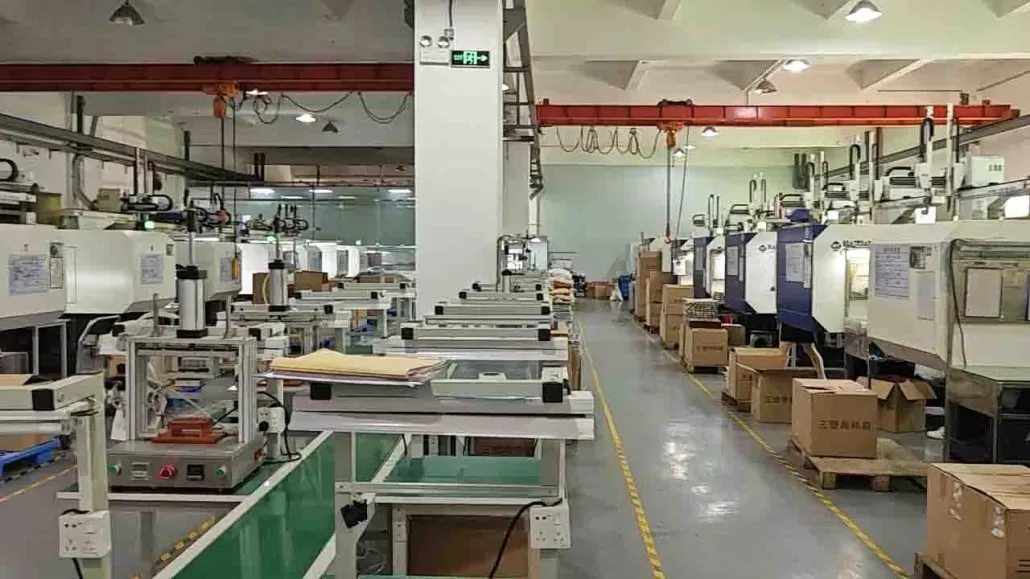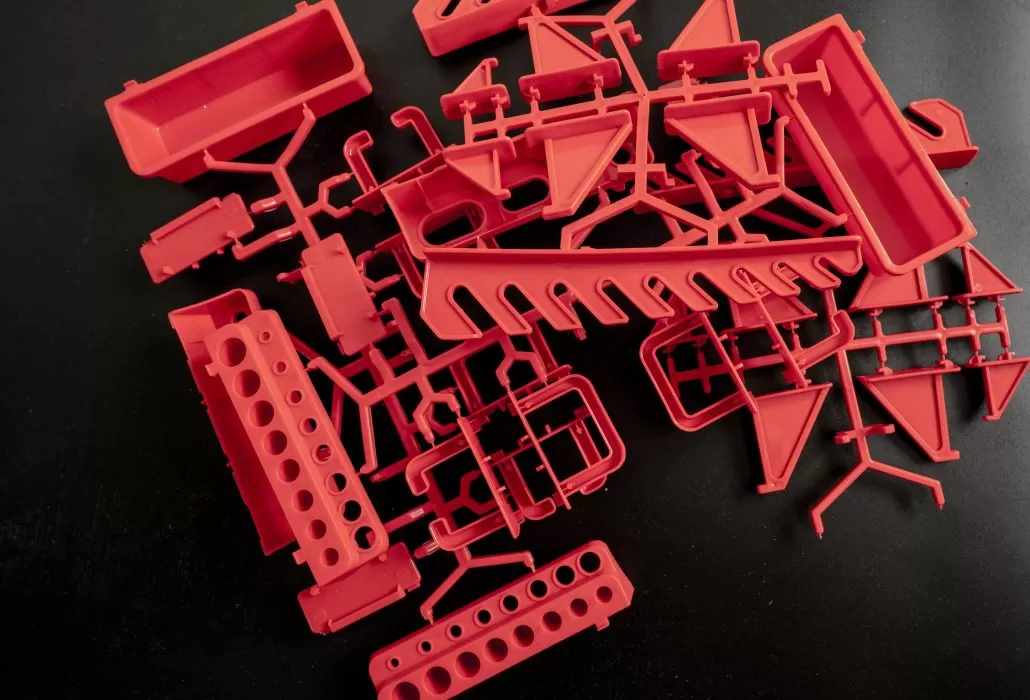Injection molding is an increasingly popular manufacturing process that’s gaining widespread acceptance across multiple industries. It is an efficient method that enables the production of complex shapes and intricate parts with high accuracy and consistency. However, one of the critical aspects of the injection molding process is cooling time, which is often overlooked but can significantly affect the quality and mechanical properties of the final product.
In this comprehensive guide, we’ll explore everything you need to know about cooling time in injection molding, from its significance to the factors that affect it. We’ll also provide a step-by-step guide on how to calculate cooling time in injection molding accurately. So, let’s dive in.
Understanding Cooling Time in Injection Molding
Cooling time in injection molding is the duration that the molded part stays inside the mold before it can be ejected. During this stage, the molten polymer solidifies, cools down, and takes the shape of the mold cavity. The cooling time can significantly affect the quality, strength, and dimensional accuracy of the molded part.
A shorter cooling time may result in higher production rates, but it can lead to defects such as warping, shrinkage, and sink marks. On the other hand, a longer cooling time can reduce these defects but may decrease the production efficiency.

Why is Cooling Time Important?
Before moving on to calculate cooling time, it’s essential to understand why it’s such a crucial part of the process. Cooling time is the length of time required for a mold to cool down to the point where the solidified part can be easily ejected from it without causing damage. If this process is not given sufficient time, it can lead to various problems, including:
1:Deformed parts
2:Surface imperfections
3:Incomplete mold filling
4:Stress cracking
5:Reduced productivity
Factors that Affect Cooling Time in Injection Molding
Several factors can influence the cooling time in injection molding. The main determinants are:
Material properties: The type of resin used, its weight, and thickness determine the cooling rate of the molded part.
Mold design: The shape and complexity of the mold cavity can affect the cooling rate of the molded part.
Cooling system: The coolant temperature, flow rate, and pressure can all affect the cooling rate.
Injection molding machine: The size, type, and specifications of the injection molding machine can affect the cooling rate.
How to Calculate Cooling Time in Injection Molding
To calculate cooling time in injection molding, there are a few steps you need to follow:
Determine the thermal conductivity of the material you’re using. This value is usually provided by the manufacturer or can be found in materials data sheets.
Calculate the part’s thickness and the mold’s temperature.
Find the temperature difference between the melt and the mold, then divide it by the thermal conductivity of the material.
Multiply the result by the natural logarithm of 1 plus the temperature difference.
Add any extra time required for the part to cool down and solidify completely.
Calculating the cooling time in injection molding involves several steps. Here’s a step-by-step guide on how to calculate it:
Step 1: Determine the Heat Transfer Equation
The heat transfer equation calculates the rate at which the material cools down. The equation is:
Q=kA(T1-T2)
Where:
Q = amount of heat to be removed
k = thermal conductivity
A = surface area of the part
T1 = initial temperature of the molded part
T2 = final temperature of the coolant
Step 2: Measure the Material Properties
You’ll need to determine the following material properties:
1:Specific heat capacity
2:Thermal conductivity
3:Density
4:Weight
5:Part thickness
6:Initial temperature
7:Desired final temperature

Step 3: Measure the Mold’s Surface Area
Measure the surface area of the mold cavity that comes in contact with the molten material.
Step 4: Determine the Cooling Time
Once you have all the required data, you can calculate the cooling time using the following equation:
t=(MCP/kA)ln(T1-T2)/(Ta-T2)
Where:
t = cooling time in seconds
M = weight of the material
Cp = specific heat capacity of the material
k = thermal conductivity of the material
A = surface area of the part
Ta = ambient temperature
Tips to Speed Up Cooling Time
If you want to speed up your cooling time, there are several steps you can take:
Increase the mold’s cooling capacity by adding extra cooling channels or using a mold with a larger cooling capacity.
Decrease the melt’s temperature by increasing the cooling circuit temperature or using a lower temperature setpoint on the machine.
Increase the thermal conductivity of the plastic by adding fillers and other additives.
Use a fast-cycling machine with a shorter plasticizing time.
Conclusion
Calculating cooling time in injection molding is a critical process that determines the quality, strength, and dimensional accuracy of the final product. By following the steps outlined in this guide, you can accurately calculate the cooling time, optimize the production process, and minimize the defects. Whether you’re an engineer, a designer, or a production specialist, understanding the importance of cooling time and how to calculate it correctly will ultimately lead to better quality products.


